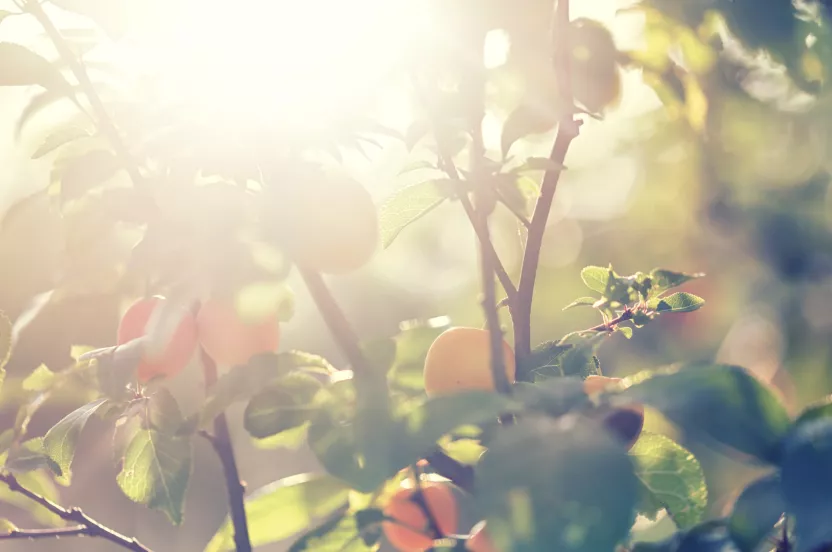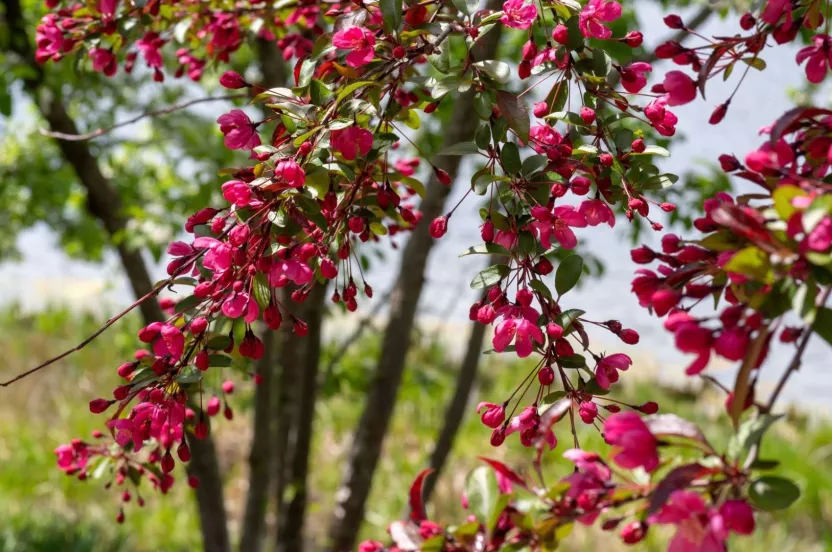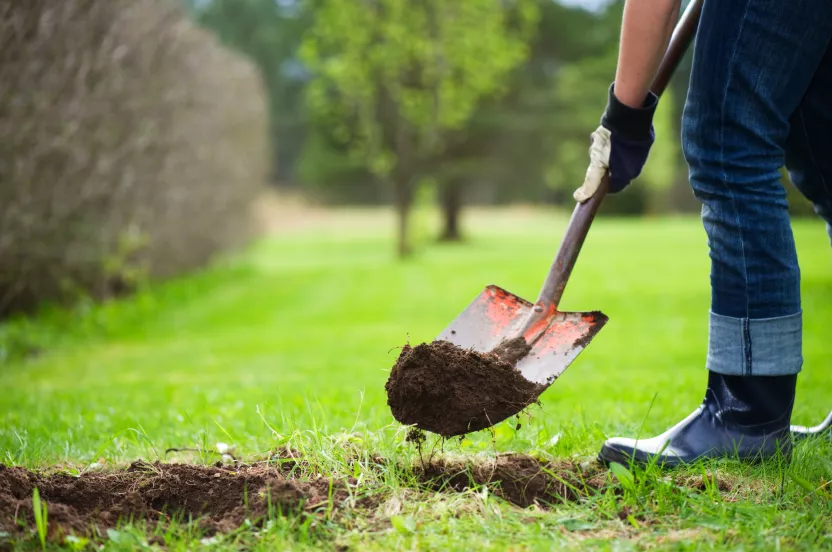Now live: The 2025 Canopy Report. Learn how Americans see trees. GET THE REPORT
(Malus X Domestica)
The Stayman Winesap is unique to other apples for its exceptional characteristics. It was developed in 1866 by Dr. Stayman and believed to be an improvement over its parent tree the winesap. The Stayman was popular to pioneers for its ability to keep long during the winter and its wine-like taste that lingered. It is a high-yielding tree and produces medium to large apples which are great for baking. What makes it even more gripping is that it is a triploid, meaning it has three sets of chromosomes instead of the usual two. The Stayman quickly became favored over other fruit trees for these unique qualities.
Here are a few things to note if you’re considering adding one to your yard.
Environmental Factors
- The Stayman Winesap grows in deep, moist, well-drained soil, although texture is not critical. It is not drought tolerant, but does tolerate clayish or sandy soils as well as loam or sandy loam (hardiness zones 5-8).
- Slow growing tree, growing up to a foot a year and reaching 10-25 feet at maturity. Check out our fruit spacing guide to ensure it has plenty of space to flourish.
- Prefers full sun, preferably 6-8 hours of direct sunlight every day.
Physical Attributes
- Blooms pink flowers midseason, distinct from other apple trees that bloom white.
- Available in standard, semi-dwarf, and dwarf sizes. Standard size bears fruit 6-10 years.
- Note: the Stayman cannot pollinate other apple trees. But it does require a second tree to pollinate. Plant with yellow delicious, red delicious, red Jonathan or early harvest.
- Bonus: has a long storage life, able to keep for six months if refrigerated.
Have an awesome apple recipe? We’d love to hear it!
![Stayman-Winesap-Apple_1-741[1]](/sites/arborday.org/files/migration_allocation/Stayman-Winesap-Apple_1-7411-275x300.jpg)



